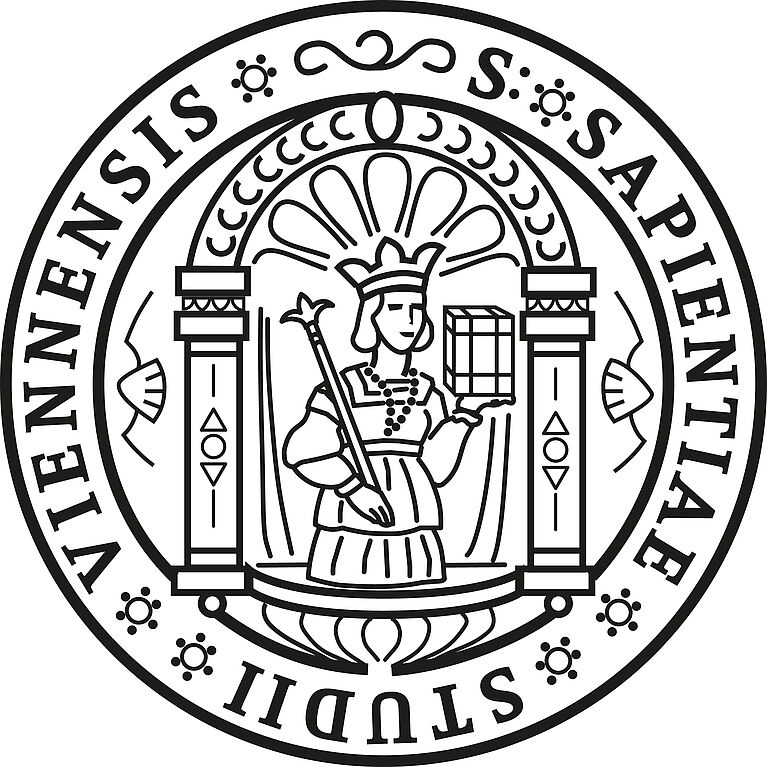Project Details
The analysis of interfaces is crucial for the designing, processing, and application of modern materials. A variety of phenomena, ranging from mechanical to electronic and from magnetic to optical, are characterized by the presence of interfaces. The description and modelization of such interfaces is then critical to exploit the extraordinary properties of nanostructures for the development of new technologies, such as next-generation electronics, oxide batteries, and 3D printing.
This project aims at providing advancements in the understanding of crystal interfaces by means of the analytical validation of different models introduced in Molecular, Statistical, and Continuum Mechanics. The main focus is on the justification at the microscopical level of the crystal Wulff shape and on the morphology of crystal interfaces, especially grain boundaries, material defects and cavities, and thin-film profiles. Special emphasis will be given to the fundamental multi-scale aspect of the problem by looking for crystalline ground states at the microscale, showing the emergence of optimal shapes at the macroscale, and evaluating the fluctuations around the optimal shape at the mesoscale.
Both discrete and continuum models will be investigated. By moving within the framework of the Calculus of Variations, crystal interfaces will be characterized as optimal with respect to suitable discrete isoperimetric problems, minima of configurational energies, and solutions of gradient flows.
